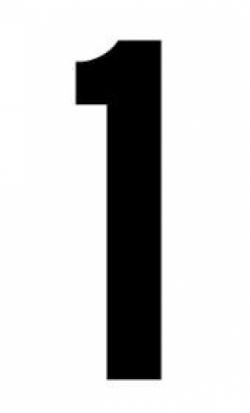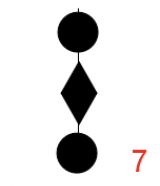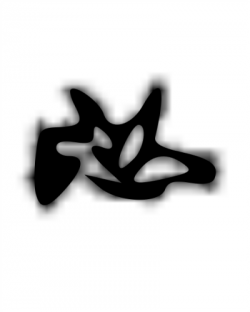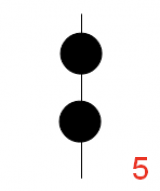Found 72 symbols starting with #:
 | > means greater than |
 | (•_•) Disturbed or blank face |
 | * The star shaped symbol on your daily use keyboard '*' is called an Asterisk. |
 | 1 number one |
 | 1 (basic Telugu script) |
 | 1 ball plus 1 diamond plus1 ball Restricted in ability to maneuver |
 | 1. FC Koln Symbol 1. Fußball-Club Koln 01/07 e. V., commonly known as simply FC Koln or FC Cologne in English, is a German professional football club based in Cologne in North Rhine-Westphalia. It was formed in 1948 a… |
 | 1. FC Union Berlin Symbol 1. Fußballclub Union Berlin e. V., commonly known as 1. FC Union Berlin or simply Union Berlin, is a professional German association football club based in the locality of Kopenick of the borough of … |
 | 1. FSV Mainz 05 Symbol 1. Fußball- und Sportverein Mainz 05 e. V., usually shortened to 1. FSV Mainz 05, Mainz 05 or simply Mainz, is a German sports club, founded in 1905 and based in Mainz, Rhineland-Palatinate. 1. FSV M… |
 | 10 number ten |
 | 10 Hygiea 10 Hygiea is the fourth largest asteroid in the Solar System by volume and mass and is located in the asteroid belt. |
 | 10 Hygiea 10 Hygiea is the fourth largest asteroid in the Solar System by volume and mass and is located in the asteroid belt. |
 | 11 Parthenope 11 Parthenope is a large, bright main-belt asteroid. |
 | 11 Parthenope 11 Parthenope is a large, bright main-belt asteroid. |
 | 12 Victoria 12 Victoria is a large main-belt asteroid. |
 | 13 Egeria 13 Egeria is a large main-belt G-type asteroid |
 | 14 Irene 14 Irene is a large main-belt asteroid, discovered by John Russell Hind on May 19, 1851. |
 | 15 Eunomia 15 Eunomia is a very large asteroid in the inner asteroid belt |
 | 16 Psyche 16 Psyche is one of the ten most massive main-belt asteroids. It is over 200 kilometers in diameter and contains a little less than 1% of the mass of the entire asteroid belt. It is the most massive … |
 | 18 Melpomene 18 Melpomene is a large, bright main-belt asteroid that was discovered by J. R. Hind on June 24, 1852, and named after Melpomenē, the Muse of tragedy in Greek mythology. It is classified as an S-type… |
 | 19 Fortuna 19 Fortuna is one of the largest main-belt asteroids. It has a composition similar to 1 Ceres: a darkly colored surface that is heavily space-weathered with the composition of primitive organic compo… |
 | 1\8th skycover 1/8th skycover |
 | 2 number two |
 | 2 (basic Telugu script) |
 | 2 balls (vert. line) Not under command |

